Content marketing continues to offer opportunities to attract your ideal avatar, get found in search engines, connect with your audience, and sell more. You’ve probably heard this many times, and it’s true: without a blog, you’re missing out!
According to the Content Marketing Institute, content works to sell your products and services since:
- People want good content, they don’t want ads.
- High-quality, compelling content generates nearly eight times more traffic.
- Content increases engagement and brand recall, which boosts sales.
- People spend time reading and consuming content.
- Content marketing conversion rates are almost six times higher than traditional marketing.
In fact, useful, unique, and consistent content is the best and most effective way to connect with your audience.
Unique, consistent, useful content is the No. 1 way to connect with your audience - @cmicontentClick To TweetOkay, we know that content marketing rocks and that blogs are one format of content marketing. But every blog isn’t created equally.
Just because you blog doesn’t mean you’re helping increase your sales. Your blog’s content must be valuable, relevant, and consistent to be successful.
To reap the biggest benefits from your content, you must put Y.O.U. into your blog. Your Original Uniqueness–your brand, voice, personality, and life experience–will attract, engage, and eventually convert prospects.
But, what does that mean? What does your small business blog about to make a difference to its bottom line?
Your Blog Expectations
Before we talk about what to blog about for small business, let’s set your expectations related to blogging.
Your blog is a business tool that drives engagement, develops relationships, and builds trust by providing valuable, helpful, and interesting information on a consistent basis. Over time, your blog generates leads and conversions. Don’t expect quick sales!
To get the most from your blog, publish content that increases the know, like, and trust factor with your customers. This “KLT factor” drives sales and creates loyal fans who will buy from you repeatedly. Furthermore, these fans tend to promote you to others. I call this Y.O.U. Marketing.
To boost sales, publish content that increases the know, like, trust factor w/ your prospects.Click To TweetFinally, write blog posts with search engines and humans in mind. Targeted blog posts with emotional appeal make it easier for search engines to find you and for fans to connect with you.
These caveats are meant for you to understand that your blog exists to provide relevant, valuable content and share your brand to earn trust— not to generate quick sales.
Increase Sales with These 7 Ideas for What to Blog About for Small Business
Have you tried blogging in the past but not seen a positive impact on your business? Maybe you were publishing the wrong type of content. Maybe you’re unsure what to blog about for small business to help attract and convert prospects. No problem!
Here are actionable blogging tips for small businesses to guide your content strategy and grow your business.
1) Highlight a Case Study of Your Offerings
Blogs can be promotional in nature, but they should promote in a way that is both conversational and informative. To gain your audience’s trust, you’ll need offer valuable, free information rather than coming at them with a hard sell.
Case studies are excellent for small business blogging. First of all, case studies are proof that your product or service works. By highlighting your offering’s benefits and features with a real life study, you’re establishing trust and authority within your niche.
Secondly, case studies support long-form content. You can go in depth with your target keywords and provide more detailed information. Studies prove that blog content of 2000+ words is more valuable. Long-form content gets shared more and Google prefers it. As a result, you have a higher chance of getting the word out about your case study.
Lastly, if written properly, case studies educate your prospect and instill confidence in your offer.
Show how you've helped someone else solve a problem to convince prospects you can help them tooClick To TweetUsing real life examples, create a blog post that details your customer’s problem and how your offer solved it. Be specific. Include a customer testimonial if possible to strengthen your study’s message. Your case study should emphasize the “before and after” states of your customer.
If you don’t have a case study, then consider this as an opportunity to collaborate with an existing customer or a prospect.
Because a case study supports your brand and offer, it’s a terrific topic to boost the KLT factor, especially the “trust” aspect. Displaying how you’ve helped someone else solve a problem can positively affect your fans and convince them that you can also help them.
2) Write Comprehensive ‘How-To’ Blog Posts
Comprehensive ‘How-To’ posts are considered amongst the most effective of all blog styles. They’re a leading type of blog for increasing shares and exposure on social media.
You can create a ‘How-To’ for almost anything that relates to your business. It doesn’t have to just be about using one of your products. You’ll actually find more success when you create an informative ‘How-To’ that includes one of your products or services without making it the main focus.
For an example, let’s say that your business markets car care products that are designed for luxury and sports cars. Creating a ‘How-To’ on using your products would be the easiest route to take, but it would also be the most obvious and may even come across as overly promotional and self-serving.
To increase your reach while creating trust in your brand by avoiding the hard sell, you could instead design a blog post that is a complete ‘How-To’ guide on detailing a car both inside and out.
Don’t feature your product. Instead, use general information in each step. Your goal is to provide exceptional value with a huge amount of actionable, relevant information. Readers will still be exposed to your product, and they’ll associate the helpfulness and value of the blog with your brand.
Share your knowledge to increase the chances of your audience liking and trusting you.Click To TweetBy sharing your knowledge with your audience, you increase the chances of them liking and trusting you. Make sure to add your unique voice in your post and offer tips that you’ve acquired through experience in your field to boost the “know” factor.
3) Explore and Use a ‘Hard Truth’ to Your Advantage
What’s a hard truth? In the context of blogging, it’s taking something from your industry (a specific concept or even a direct statement), and analyzing it to disprove it or offer a different view, while creating value at the same time.
When you’re planning what to blog about for small business, you shouldn’t aim to cover hard truths all the time. But, you can use them occasionally when you need fresh small business blogging ideas.
A hard truth may be a topic that nobody wants to talk about. It may be controversial, so you’ll need to have a good understanding of your audience to know whether they’re going to be receptive to this type of content. Some hard truths may need to be proven, so you’ll need research and statistics to back up your statements.
An example of a recent hard truth article is Dr. Josh Axe’s response to the American Heart Association’s report about saturated fats and the danger of coconut oil.
Dr. Axe discusses the AHA’s report, offering his opinion as well as fact-based information that supports the use of coconut oil in a healthy diet. He also points out the near-sighted nature of the AHA’s report and that hydrogenated oil, refined grains, sugar, and processed foods are the biggest culprits of heart disease (versus healthy saturated fats).
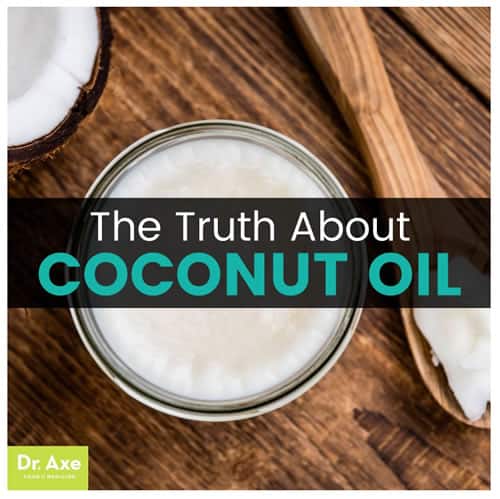
By clarifying and disputing a seemingly ‘hard truth,’ Dr. Axe uses the topic to his advantage. He proves his authority and knowledge in the health and wellness niche. He also backs up his claims with detailed, researched facts and information, creating a compelling argument to the AHA’s report.
Of course, for your own blog, you’ll need to find a hard truth topic that is both trending and relevant to your niche.
By responding to a hard truth in your post, you will either repel or attract people. Although this is one of the scary parts of expressing yourself, taking a stand helps you create your ideal tribe online by eliminating people who aren’t your ideal avatar while boosting the KLT factor for those who are.
4) Express an Opinion or Belief
You can spice up your blog by sharing opinions from time to time. Trending topics are great for increasing readership and for boosting traffic when you share your articles on social media. Focus on current events or timely topics whenever you create an opinion based blog post.
Take popular developments from your industry or news that is relevant to your target market and share your opinion about it. Remember that you’re going to be talking to a wide variety of people whenever you create a blog post, so you should avoid opinions that would be overly controversial or offensive.
Add your own spin to an idea and approach the topic with an angle that shows audiences that you are knowledgeable and authoritative within your industry.
If the topic and the opinion can be related to examples from within your own business or your product lineup, then work this into your content.
Express yourself to attract the right audience & repel those you aren't meant to help.Click To TweetExpressing yourself is one surefire way to attract the right audience and repel those who you aren’t meant to help.
One example is Kim Garst, who is a social media and digital marketing expert. Christianity is an important part of Kim’s life, so she’s incorporated it into her business because it’s meaningful to her.
5) Interview an Influencer or Colleague in Your Industry
Have you ever been to a conference and benefitted simply from the proximity to influential people? It happens! The same thing occurs when someone influential shares your post or mentions you publicly.
Although they might not be directly promoting or marketing on your behalf, industry influencers and popular brands can positively affect your business, resulting in a bigger audience and ultimately more sales.
Interviews sprinkle a little bit of social proof your way, which boosts your own KLT factor!Click To TweetAs such, interviewing an innovator or key figure in your niche is another way to connect with your fans while offering informative, interesting content on your blog. Even business colleagues or specialists are potential interviewees.
People love to hear about other people’s successes, processes, beliefs, and lifestyle. Influencers usually share a lot personally as well as professionally. They have a potent KLT factor within their audience. This is why influencer marketing has been so successful.
When you interview someone with a strong following (even if it’s small), you take advantage of their audience, circle of influence, and expert knowledge. For a moment, you get more eyes on your content and your business. The interviewee’s strong KLT factor rubs off on you in a small way, especially since they will often share the interview with their fans.
While interviewing an expert or industry specialist isn’t technically influencer marketing, it is similar in that there are benefits by association. Interviews sprinkle a little bit of social proof your way, which boosts your own KLT factor!
10 Tips for Creating Awesome Interviews for Your Blog
6) Tell Stories with More Personal Posts
Getting your audience in a position where they can relate to your business on a personal level can be tough. Online communication is often impersonal in nature, which can make it harder to develop relationships with the individuals in your target market.
While you won’t have the chance to directly communicate with every single person that views your blog, you can use abstract methods to allow audiences to feel like they actually know you.
To connect with your audience on a more personal level, share your personal stories and your voice. Expressing your personality and telling your experiences in the form of stories attract the people who are most likely to relate to you.
When writing these types of posts, don’t approach them in a conventional way. Write about how your own experiences led you to develop your products and services. Share specific moments, decisions, and anecdotes that formed you and developed into your business. Communicate your “why” on a consistent basis in your blog.
Think as the customer does, and relate your experiences to their own. People care about your journey in relationship to their own path. They’re searching for meaningful connection, and your blog is the perfect place to form that relationship.
Storytelling can trigger the release of Oxytocin, a hormone that promotes trust and empathy.Click To TweetStorytelling is a powerful tool in your business. It can trigger the release of Oxytocin, the “trust hormone” that promotes connection and empathetic responses. The result is more trust in your business and more sales.
If you have the technical know-how or the budget to outsource a video production, then combining a blog post with a company video tour will make your business more relatable, which builds trust and increases the chance of developing leads.
7) Develop Interactive Blog Content
One of the best blogging tips for small businesses is to take a topic and make it interactive. When your readers physically interact with your content, they feel more connected and engaged.
Interactive content is dynamic content that produces highly engaging experiences with a buyer. It generates twice as many conversions as passive content, such as static blog posts or PDFs.
Examples of interactive content include:
- competitions;
- quizzes;
- calculators;
- online product customizer/app; and,
- surveys.
Just like in natural conversation, you don’t want to constantly be talking at your market. Get them involved so that there are feedback and an open dialogue. By creating interactive posts, you can develop rapport and trust, which will work wonders for your sales funnel.
Interactive content is one of the most effective ways to increase traffic and lead generation, and it’s also a good starting point when you’re wondering what to blog about for small business.
Use These Ideas as a Starting Point, and Never Stop Creating
Gone are the days when 500-word blog posts helped businesses boost their online presence. It’s time to change the way that you approach content marketing!
Blogs are one form of content marketing that subtly and effectively promote products, create conversations, build rapport and trust, and let your target market know who you are and what your company is about.
Consistently providing quality, relevant, valuable info forms a trusted relationship with fans.Click To TweetRegular blog posts are important for maintaining SEO effectiveness on your site and for educating and engaging your audience. With high-quality blogs, you will develop presence and authority. Consistently providing good information that is relevant and valuable to your market forms a trusted relationship with your readers.
Adding a personal and emotional component to your blog increases the KLT factor and sales. When you’re considering what to blog about for small business, make sure you include yourself as part of your overall brand message. The Y.O.U. marketing strategy helps prospects connect with you and your brand, which influences them to buy from you.
Need help with blogging? Check out my blog writing services.


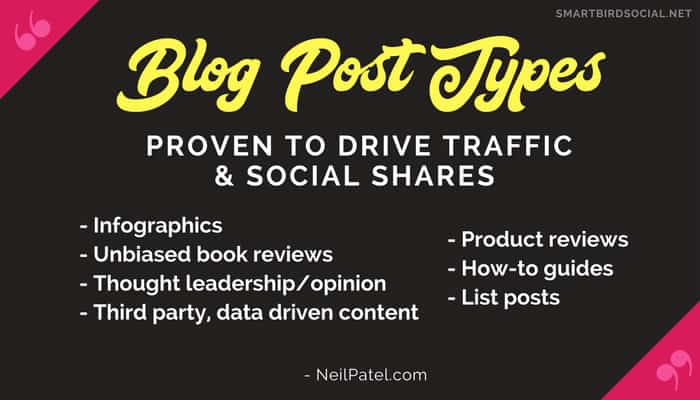

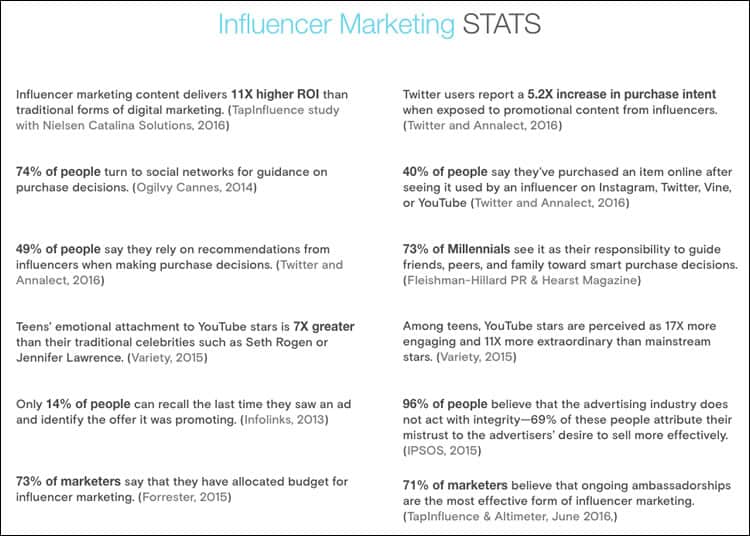
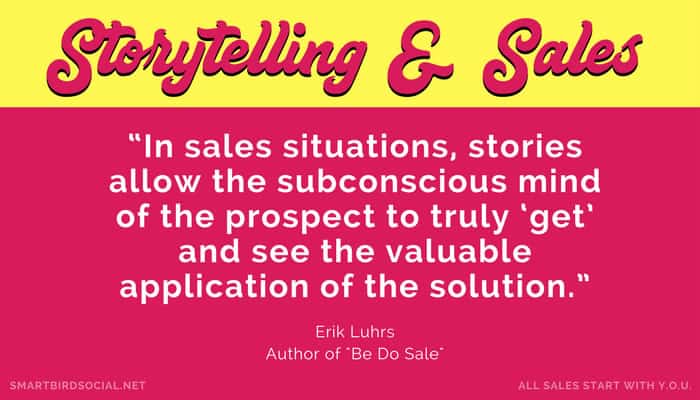
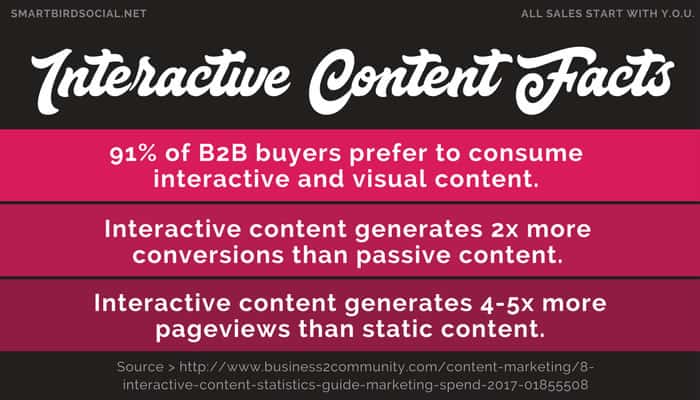
I love the way you have presented these ideas. You also apply them in this topic, too. I agree with the importance of personal appeal. You can see this concept more and more in advertisements on tv as well. To capture the audience, personal appeal is the way to go.
What great tips, Meghan! I work in the influencer space, so you’re definitely preaching to the choir. I can say from personal experience that featuring interview subjects can really pay dividends. It’s a great way to provide great content, expand your reach, and increase your authority.
Thanks to this post I am now armed with several great options to enhance my blog content. I see that the longer posts are a first step. Then I am excited to create a How-to post (already have 2 ideas)
That is music to my ears, Alene! I’m thrilled that this post inspired ideas and that you took away action items. Yay! You made my day. Can’t wait to read your how-to posts.
Really great points in this post, Meghan! I admit that as a writer, I am more apt to write for humans, for the people who will be reading my articles, than for SEO. I really loved the graphic with the stats in it. It is so interesting to see how Millenials are very keen on helping to educate their friends, family and peers. This is the one stat that really jumped out for me. It gives me hope that this younger generation will also contribute greatly to the future. There are so many ideas on what to do, especially when they fit with who we are and how we want to be perceived by our potential tribe.
Writing for humans is important, but there’s nothing to say that you can’t incorporate keywords and search engine optimization into your articles. Optimizing your posts for search engines isn’t difficult, and if it helps more people see your articles, then why not?! Glad you enjoyed the points I mentioned here. Thank you for your comments!
I gathered some great tips from your blog Meghan, thanks. I thought for some reason that I had to reduce my words instead of focusing around 2000 words. All good info!
I’m getting a lot of feedback that people thought they needed to shorten their blog posts. Analysis by some of the digital marketing leaders like Neil Patel, Brian Dean, Buzzsumo, and others shows that 2000 words or more of quality content gets shared more and is favored by Google. So, write away! Give your audience the meaty content that they desire, and you’ll have a better chance of attracting fans, growing your community, and getting found in search. Thanks Teresa!
Such great points Meghan and too many small biz owners don’t get the full value that blogging on their website provides… it shares YOUR story, YOUR personality and reminds your followers who YOU are and YOUR knowledge which all in turn give the know like and trust and the credibility in your field.. it is about THEM but we have to show them the true us… good stuff, as usual.
Thanks for your compliments and for stopping by to comment! You and I both need to focus more on the Y.O.U. marketing that I mention here…we know our stuff but can be shy about it. It’s always a balance, as you point out, between showing what’s in it for them and sharing more information about ourselves.
Sorry telling IS the way forward now. People want to be able to relate to what they read and it can be done so well through story telling in business.
What a wonderful list of ideas, Meghan. I felt a little proud of myself when I realised I’ve been doing some of them lately but you have given me so much more to think about. I am really working on the KLT factor. Thank you for the great information.